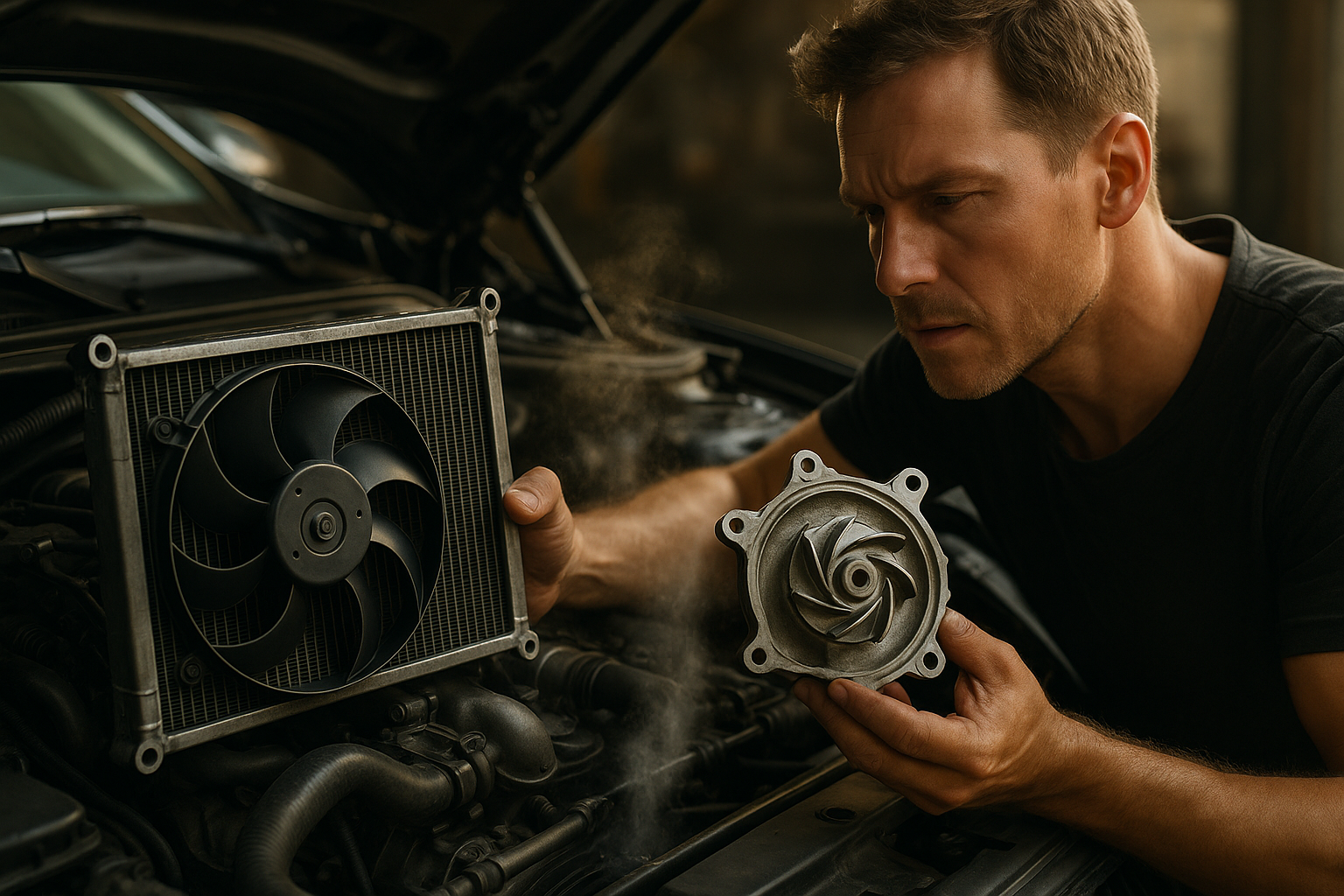Estimating Repair Costs for Damage-Declared Vehicles
Estimating repair costs for vehicles declared as damaged requires a realistic look at inspection, parts availability, auction pricing, and potential transport or export fees. This article outlines the main cost drivers and common market benchmarks to help owners, buyers, and professionals form practical expectations.

Damage-declared vehicles present a mix of predictable and variable costs. Before committing to a rebuild or purchase at auction, it helps to separate fixed items (inspection fees, salvage titles, basic parts) from variable items (labor, hidden structural damage, shipping). Understanding how inspections, valuation methods, parts sourcing, and insurance definitions interact will produce clearer estimates and reduce surprises when a vehicle moves from writeoff to roadworthy status.
How does inspection shape repair estimates?
A thorough inspection is the starting point for any reliable cost estimate. An inspection for a salvage vehicle should consider structural integrity, airbag deployment, frame alignment, corrosion, and flood indicators. Inspectors with salvage experience can identify components that must be replaced rather than repaired, which materially affects costs. Typical inspection fees vary by provider and may include diagnostic scans; however, the true value of an inspection is revealing latent damage that could otherwise double or triple a repair budget.
How is vehicle valuation calculated?
Valuation for damage-declared vehicles blends pre-loss market value with the extent of damage and salvage market demand. Insurance writeoffs are classified when repair costs approach or exceed a percentage of the vehicle’s pre-accident value; that threshold differs by insurer and region. Auction valuations reflect current market appetite for parts, rebuildable projects, and export demand. Accurate valuation needs recent comparable sales, condition grading from auctions, and an allowance for legal/title costs tied to rebuild or salvage designations.
What parts and labor affect rebuild costs?
Parts sourcing is a major determinant of rebuild budgets. OEM parts, aftermarket replacements, and recycled components from dismantlers or salvage yards each carry different price points and lead times. Labor rates vary by shop specialization: collision repair, frame straightening, electrical diagnostics, and mechanical rebuilds often use different hourly rates. Electrical and hidden frame damage escalate both parts and labor, while common consumables—filters, fluids, fasteners—add modestly but consistently. Budgeting should separate parts, labor, and contingency for unforeseen repairs.
How do auctions and buying methods influence cost?
Buying through salvage auctions, broker platforms, or directly from insurers changes the upfront price and post-purchase fees. Auction fees, buyer premiums, and mandatory tow or reload charges add to the acquisition cost. Online platforms may offer lower hammer prices but include higher service or messaging fees. Auctions also vary in vehicle inspection detail: some list grade and damage descriptions, others supply thumbnails and minimal notes. Factor auction-style, buyer premiums, and possible storage or lot fees into the initial estimate.
How do shipping, export, and recycling affect overall price?
Transport and export logistics add a predictable but sometimes sizable line item depending on distance and vehicle condition. Non-running vehicles need specialized carriers or flatbed service; international export involves customs clearance, documentation, and port handling. End-of-life options such as recycling or parts resale can offset costs: selling usable components or sending to a recycling facility yields salvage value that reduces net repair spend. Include shipping, export documentation, and potential recycling credits when modeling total cost.
Real-world cost breakdown and comparison
Below are common provider types and rough cost estimations based on typical market activity. These are representative ranges to illustrate the kinds of fees and purchase prices commonly encountered when acquiring or repairing damage-declared vehicles.
| Product/Service | Provider | Cost Estimation |
|---|---|---|
| Salvage auction vehicle purchase (lot) | Copart | $300 - $20,000+ (vehicle condition dependent) |
| Insurance salvage handling & auction listing | IAA (KAR) | Listing/administrative fees $100 - $1,000; auction prices vary widely |
| Vehicle transport (salvage, domestic) | Montway, uShip | $150 - $2,000+ depending on distance and operability |
Prices, rates, or cost estimates mentioned in this article are based on the latest available information but may change over time. Independent research is advised before making financial decisions.
Conclusion Estimating repair costs for damage-declared vehicles requires combining inspection findings, realistic valuation, careful parts sourcing, and a clear view of logistics and auction-related fees. Building estimates with itemized contingencies and consulting multiple providers—inspectors, dismantlers, transporters, and auction platforms—reduces the risk of unexpected expenses during a rebuild or resale process. Thoughtful benchmarking against market ranges helps set practical expectations for whether to rebuild, part out, or recycle a vehicle.






